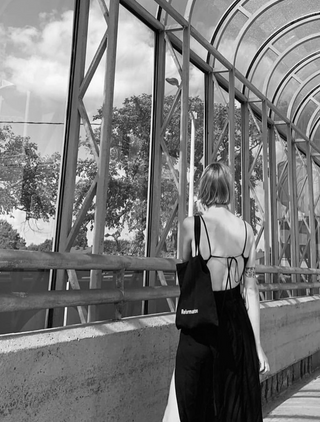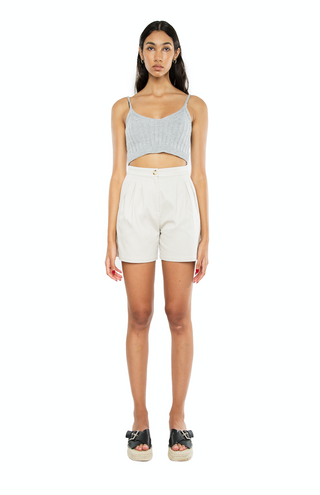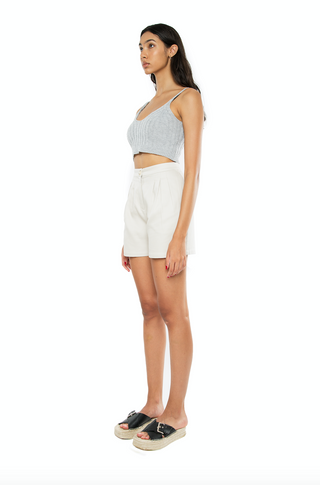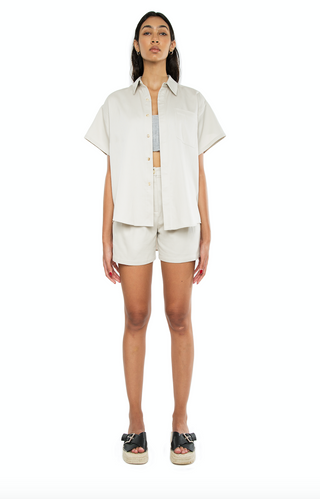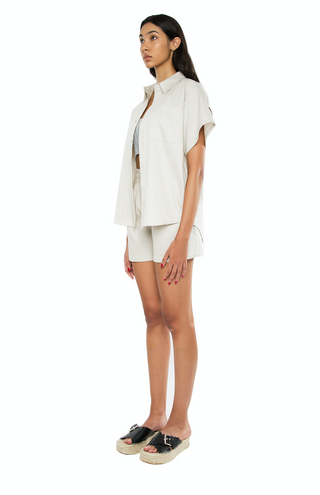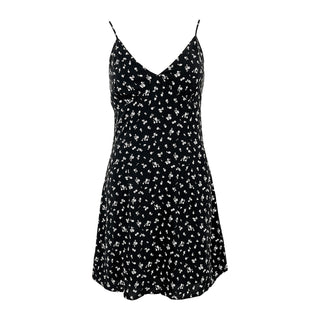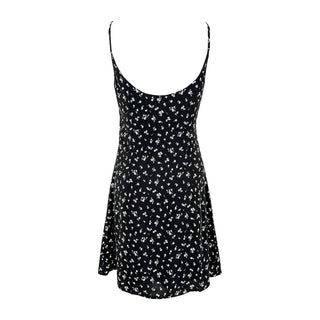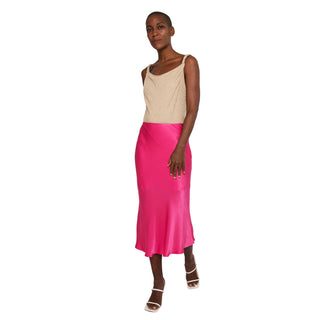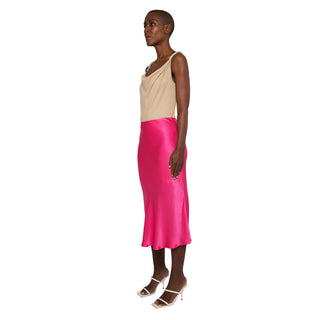
In the bustling world of fashion, staying stylish while embracing sustainability has become a top priority. As we evolve in our fashion choices, the emphasis on eco-friendly practices grows stronger. This shift isn't just a trend; it's a lifestyle change that reflects our commitment to the planet and future generations.In the bustling world of fashion, staying stylish while embracing sustainability has become a top priority. As we evolve in our fashion choices, the emphasis on eco-friendly practices grows stronger. This shift isn't just a trend; it's a lifestyle change that reflects our commitment to the planet and future generations.
Importance of Staying Stylish Sustainably
Adopting sustainable fashion doesn't mean sacrificing style. It's about making mindful choices that align with our values and showcase our individuality. Sustainable fashion is where chic meets consciousness, allowing us to look good while doing good.Importance of Staying Stylish Sustainably.
Adopting sustainable fashion doesn't mean sacrificing style. It's about making mindful choices that align with our values and showcase our individuality. Sustainable fashion is where chic meets consciousness, allowing us to look good while doing good.
Staying stylish sustainably gives us a chance to express ourselves through fashion in an eco-friendly way. It challenges us to redefine fashion norms and explore creative solutions. This includes supporting brands that are committed to ethical labor practices, using recycled or organic materials, and minimizing waste. Sustainable fashion also encourages us to practice mindful consumption, such as buying less but choosing well, and caring for our clothes so they last longer. In this way, we can enjoy the art of dressing up while contributing to a healthier planet and fairer society. It's a beautiful blend of style, ethics, and innovation that takes fashion to a whole new level of significance.
Overview of Sustainable Fashion Trends
Let's dive into the top sustainable fashion trends that every modern woman should know. These trends highlight the use of natural fabrics, recycled materials, minimalist fashion, ethical production, and the resurgence of second-hand and vintage shopping.Let's dive into the top sustainable fashion trends that every modern woman should know. These trends highlight the use of natural fabrics, recycled materials, minimalist fashion, ethical production, and the resurgence of second-hand and vintage shopping.
Trend 1: Natural Fabrics
Natural fabrics like organic cotton, linen, and hemp are at the forefront of sustainable fashion, offering eco-friendly alternatives that are both gentle on the skin and kind to the environment. Organic cotton significantly reduces water usage and avoids harmful pesticides, making it a more sustainable choice compared to conventional cotton. Linen and hemp, known for their durability and biodegradability, further enhance the sustainability quotient by providing long-lasting and environmentally friendly options. By choosing these fabrics, we not only minimize the environmental impact associated with conventional cotton farming and synthetic textiles but also support traditional farming communities, preserving age-old agricultural practices. These natural fibers play a crucial role in promoting a more sustainable fashion industry, reflecting a commitment to environmental stewardship and cultural heritage.
Trend 2: Recycled Materials
Trend 3: Minimalist Fashion
Minimalist fashion is all about quality over quantity. Capsule wardrobes, consisting of timeless pieces that can be mixed and matched, are gaining popularity. This trend encourages us to invest in versatile items that withstand seasonal changes, reducing the need for constant shopping. By focusing on fewer, high-quality pieces, we not only save money in the long run but also reduce the waste generated by fast fashion. Minimalist fashion promotes a mindful approach to shopping, encouraging us to consider the longevity and versatility of each piece we add to our wardrobe.
Trend 4: Ethical Production
Ethical production focuses on fair labor practices and ensuring workers' rights. Brands committed to ethical production are transparent about their processes, providing fair wages and safe working conditions. Supporting these brands means valuing the people behind our clothes. This trend also includes practices such as slow fashion, where the emphasis is on creating high-quality garments that last longer, rather than mass-producing items that quickly wear out.
Trend 5: Second-Hand and Vintage
Second-hand and vintage shopping is more than a thrifty choice; it's a sustainable one that carries history and unique charm, reducing the demand for new production. Platforms offering pre-loved fashion make it easier than ever to find stylish, eco-friendly pieces, allowing consumers to curate wardrobes with character and sustainability in mind. By choosing second-hand, we extend the life cycle of garments and significantly reduce the demand for new production, thereby conserving resources and minimizing waste. This approach not only benefits the environment by reducing landfill contributions but also supports a circular fashion economy where garments are continuously reused and repurposed, promoting a more sustainable and mindful way of shopping.
Conclusion
Incorporating these sustainable fashion into our wardrobe is a step towards a more conscious lifestyle. Not only do these choices benefit the planet, but they also offer long-term value and a unique style statement. Let's embrace sustainable fashion and inspire others to join this meaningful journey. Choosing sustainable fashion isn't about following the crowd, but about making mindful decisions that reflect our personal style and values. It's about recognizing that each piece of clothing in our wardrobe has a story, from the materials used to create it to the hands that crafted it. The beauty of sustainable fashion lies in its diversity and creativity - from upcycled denim to organic cotton tees, from brands that pay fair wages to those that use zero-waste design methods. By choosing sustainable fashion, we're not just making a fashion statement, we're voicing our support for ethical practices and environmental conservation. It's a powerful way to express our individuality and contribute to the betterment of our planet. So let's wear our values and start a fashion revolution that values people, the planet, and our shared future.


